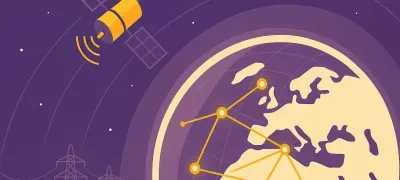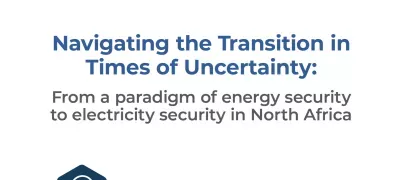
The energy crisis triggered by Russia’s invasion of Ukraine has led to a significant slowdown in the growth of global gas demand over the medium term (2022-2026). Despite a decade of strong expansion where gas played a significant role in primary energy supply growth, market tensions persist due to tight gas supplies and strong price volatility. While the European Union's high storage levels offer some optimism for the upcoming heating season, uncertainties remain, especially with the unavailability of key gas sources like Russian piped gas and the Groningen field in the Netherlands.
Structural trends are further impacting the long-term prospects of global gas demand, with consumption in mature markets of Asia Pacific, Europe, and North America peaking in 2021 and expected to decline over the medium term. This decline is driven by the rapid deployment of renewables and improved energy efficiency standards. However, demand growth remains concentrated in fast-growing Asian markets and gas-rich countries in Africa and the Middle East, with strong LNG supply expected to ease market fundamentals and unlock demand in emerging Asian markets by the end of the forecast period.
The International Energy Agency’s (IEA) Gas 2023 Medium-Term Market Report offers insights into global gas demand and supply developments until 2026. This year’s report features a special focus on Africa and its potential to leverage gas for regional economic growth and improved energy access. Additionally, the report includes analyses of recent market developments preceding the 2023-2024 winter season, along with medium-term outlooks for low-emission gases like biomethane, low-emissions hydrogen, and e-methane, as part of the IEA’s efforts towards low-emission energy transition. Special attention is given to developments in emerging markets.
See more:



